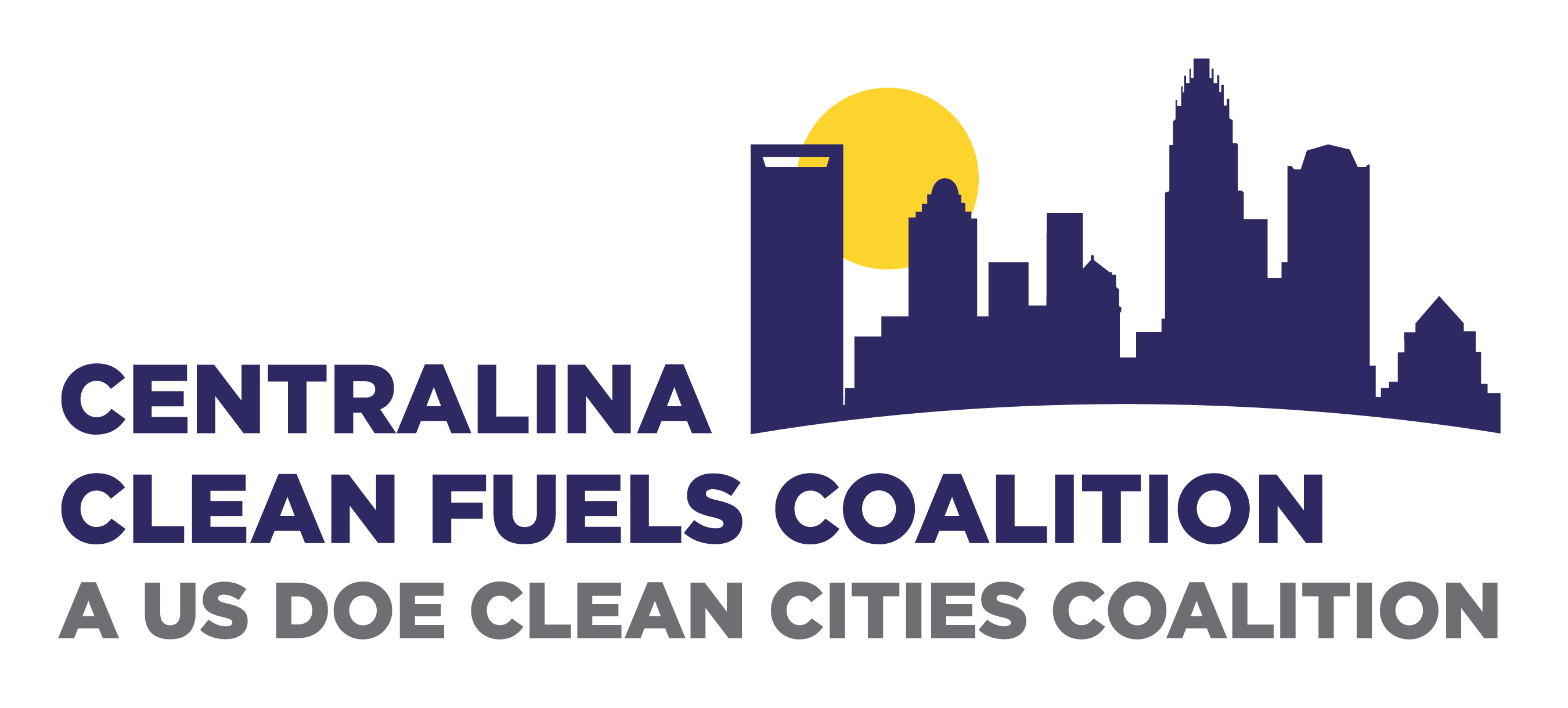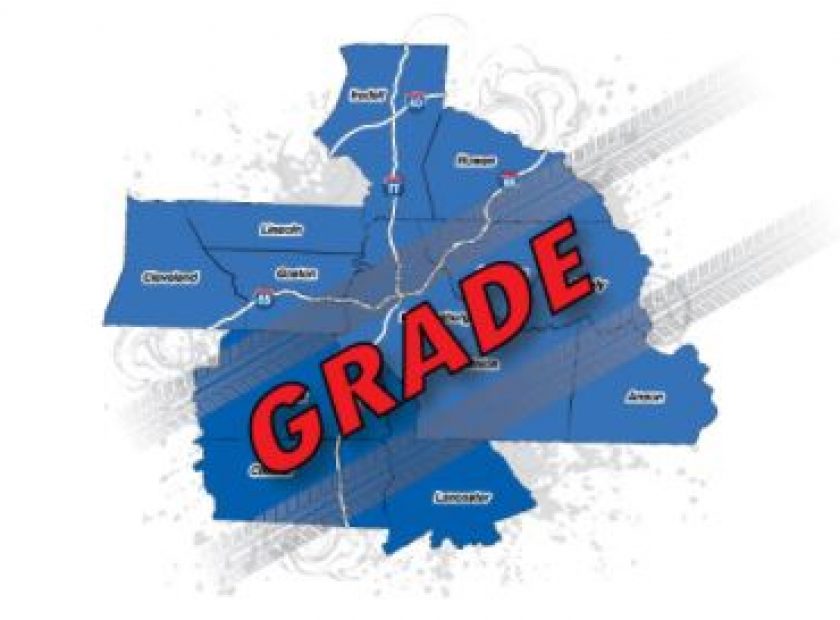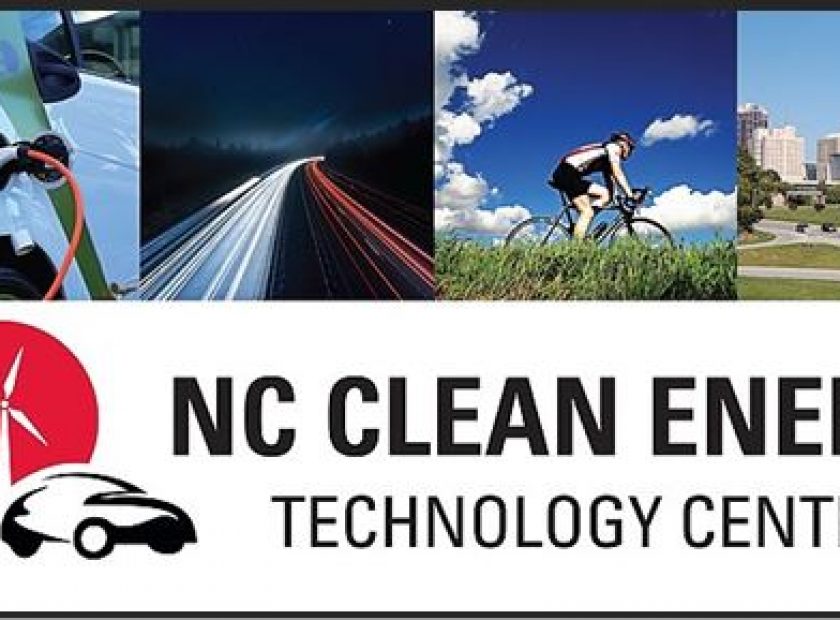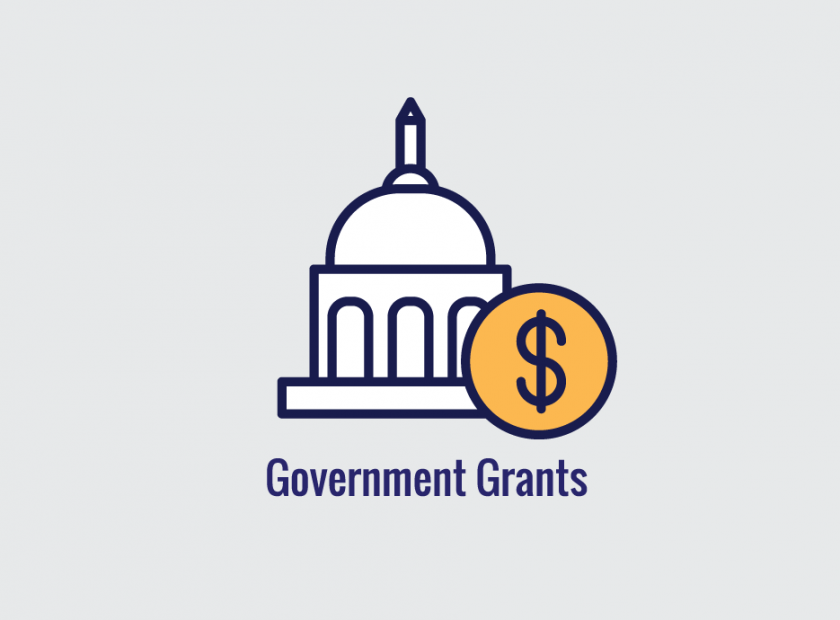A Clean School Bus, as defined by the BIL, is a bus that reduces emissions and is operated entirely or in part using an alternative fuel or is a zero-emission bus. The BIL provides $5 billion dollars over 5 years (FY22-26) for the replacement of existing school buses with low and zero-emission buses. State or local government entities, eligible contractors, nonprofit school transportation associations, and tribes, tribal organizations, tribally-controlled schools are all eligible for the program funding. A zero-emission bus is defined as a school bus that
produces zero exhaust emission of any air pollutant and any greenhouse gas.
Awards will be granted covering up to 100% of the cost of the replacement bus and charging or fueling infrastructure. Priority applications may be recognized to replace buses that serve; high-need local education agencies, tribal schools, rural schools, low-income area schools, or applications that provide cost share through public-private partnerships, grants from other entities, or school bonds.
Usage requirements (All replacement buses must):
- Be operated as part of the school feet for which the award was made for not less than 5 years;
- Be maintained, operated, and charged or fueled according to manufacturer recommendations or state requirements and;
- Not be manufactured or retrofitted with a power unit or any other technology that creates
pollution within the school bus, such as an unvented diesel heater.
Slides are now available from the EPA’s Clean School Bus program webinar here.
Sign up for Clean School Bus Program news here.
More information and updates available here: https://www.epa.gov/cleanschoolbus.





